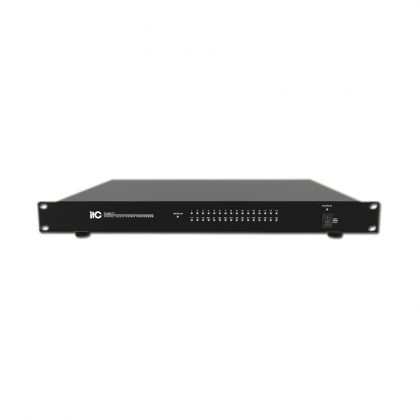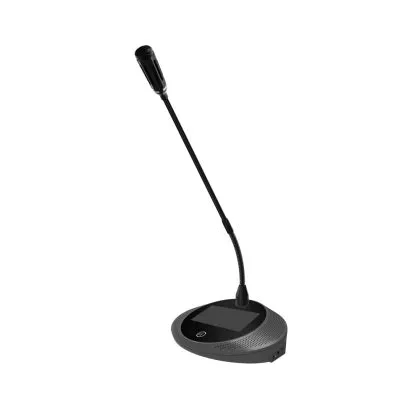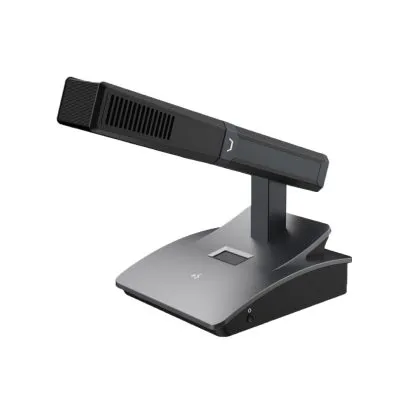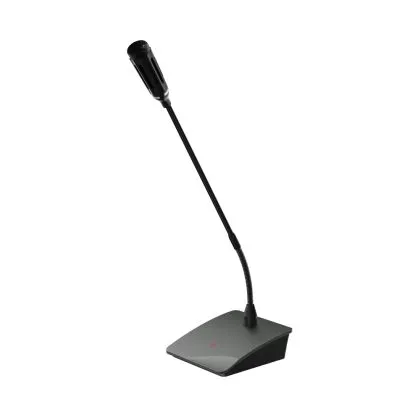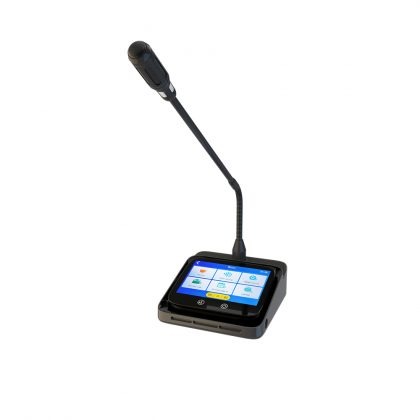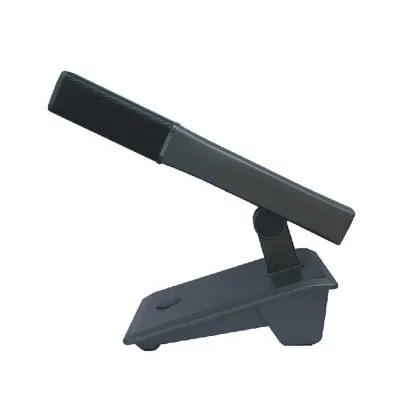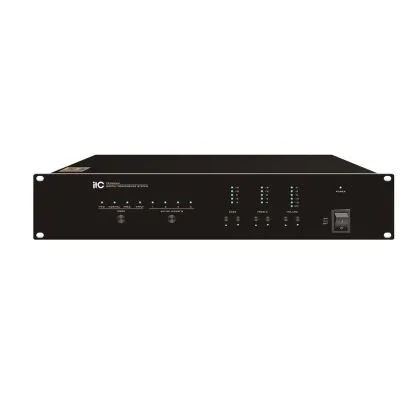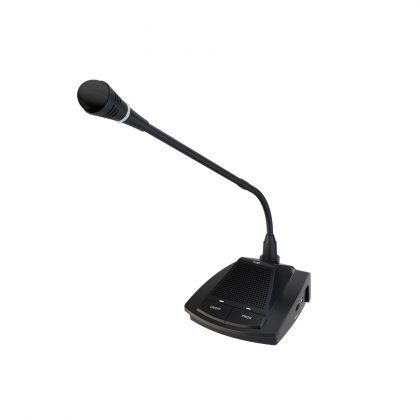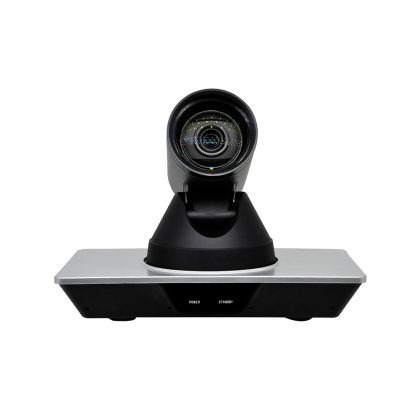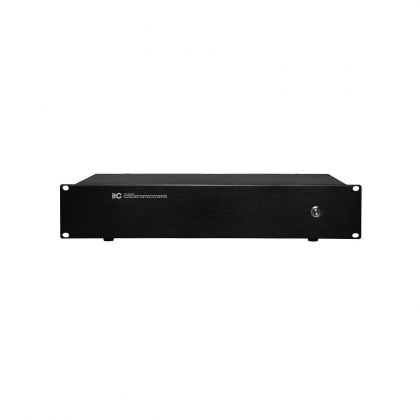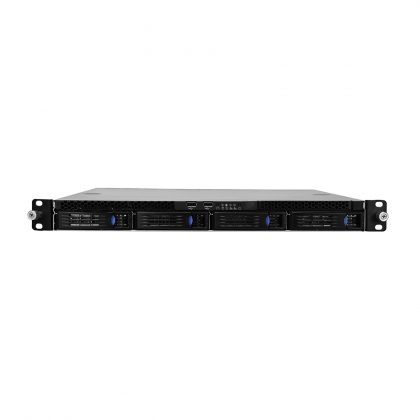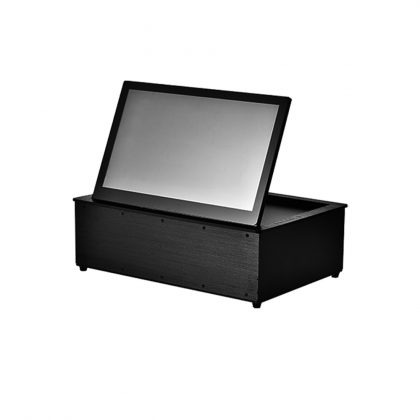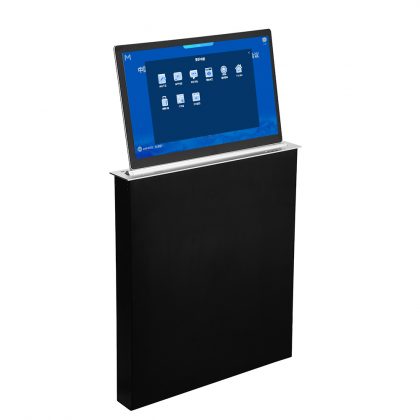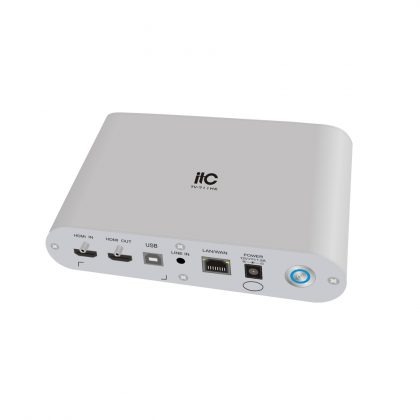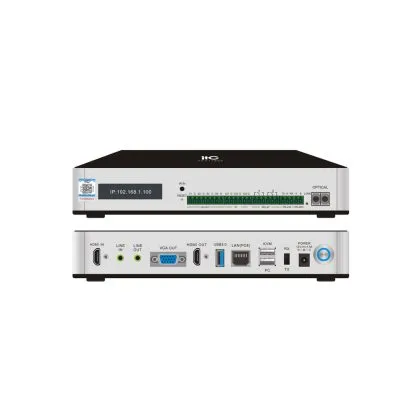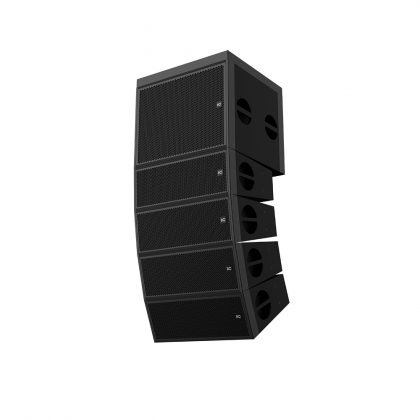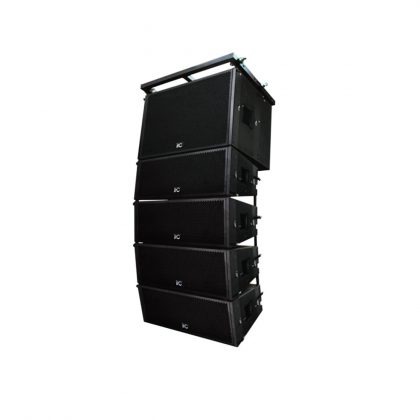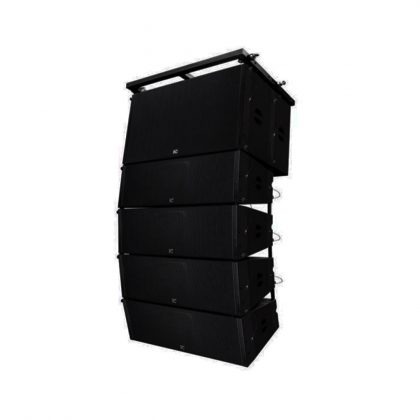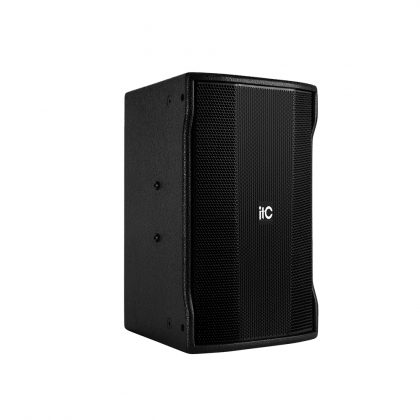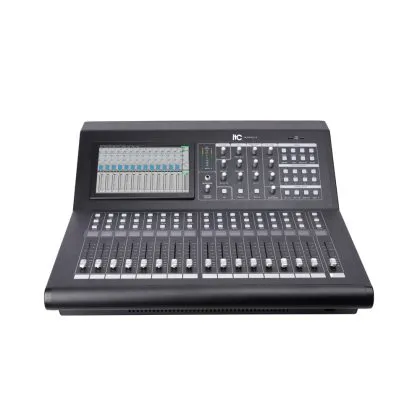Technical Analysis of Common Video Conference Systems
A complete video conference system is usually composed of video conference terminal, multi-point control unit MCU, network management software, transmission network and related accessories.

What are the types of  video conference terminals?
video conference terminals?
The video conference terminal is used to encode and package the video and audio data, and then send it to the remote end through the network. At the same time, it receives the data sent from the remote end, unpacks and decodes the data, restores the video and sound signal, and outputs it to the peripheral. In short, the video conferencing terminal is the front-end device that communicates with the remote end during the conference. There are three main types of video conferencing terminals: desktop, set-top box, and conference room.
Desktop Terminal
A desktop terminal is a neat combination of a powerful desktop or laptop with a high-quality video camera (built-in or external), an ISDN card or network card, and video conferencing software. It's a great way to get people at your desk or traveling to join your meetings and meet you face to face. Main applications: Desktop video conferencing terminals are usually available to special individuals in the office or those traveling for work. Although desktop video conferencing terminals support multi-point meetings (for example, a meeting with more than two meeting sites), they are mostly used for peer-to-peer meetings (for example, a meeting between one person and another).
Nowadays, mobile terminals such as tablets and smartphones can become mobile video conferencing terminals by installing special applications.
Set-top Box Terminal
Set-top box terminals are known for their simplicity. All the hardware and software are contained in one unit, which is placed on the TV. Easy installation, light equipment. All you need to start videoconferencing is a regular TV and an ISDN BRI line or LAN connection. Video conferencing terminals can also load peripherals such as document projectors and whiteboard devices to enhance functionality. Main applications: Set-top box terminals are typically shared resources between departments and are suitable for organizations of all sizes, from multinational corporations to small businesses. It is often the first "conference room terminal" purchased by a company.
Conference Room Type Terminal
The conference room type terminal provides almost any video conferencing solution needed, generally integrated into a conference room. Conference room terminals usually combine a large number of accessories, such as audio systems, additional cameras, document projectors, and a PC to coordinate document communication. Double screen display, rich communication interface, graphic stream selection make the terminal a high-grade, comprehensive product. Main applications: The conference room terminal is mainly designed for medium and large enterprises.
MCU is short for central Control equipment of video conference system, its full name is Multipoint Control Unit -- multi-point control unit, also called multi-point conference controller, is the key equipment of multi-point video conference system.
MCU acts as a "switch" in video conferences. It will extract audio, video, data, and other information and signaling from the information flow of each conference site after synchronous separation, and then send the information and signaling of each conference site to the same processing module to complete the corresponding audio mixing or switching, video mixing or switching, data broadcasting and routing selection. The process of timing and meeting control, and finally all kinds of information required by each meeting site is reassembled and sent to the corresponding terminal system equipment.
MCU mainly processes three types of data:
- Video signal is mainly completed by video processor
- Audio signal is mainly completed by audio processor data signal
- Data signal: mainly completed by the data processor
In addition, the network interface module and control processor is also essential in the MCU structure. The control processor is responsible for determining the correct routing choices, mixing or switching audio, video, and data signals, and controlling the meeting.







